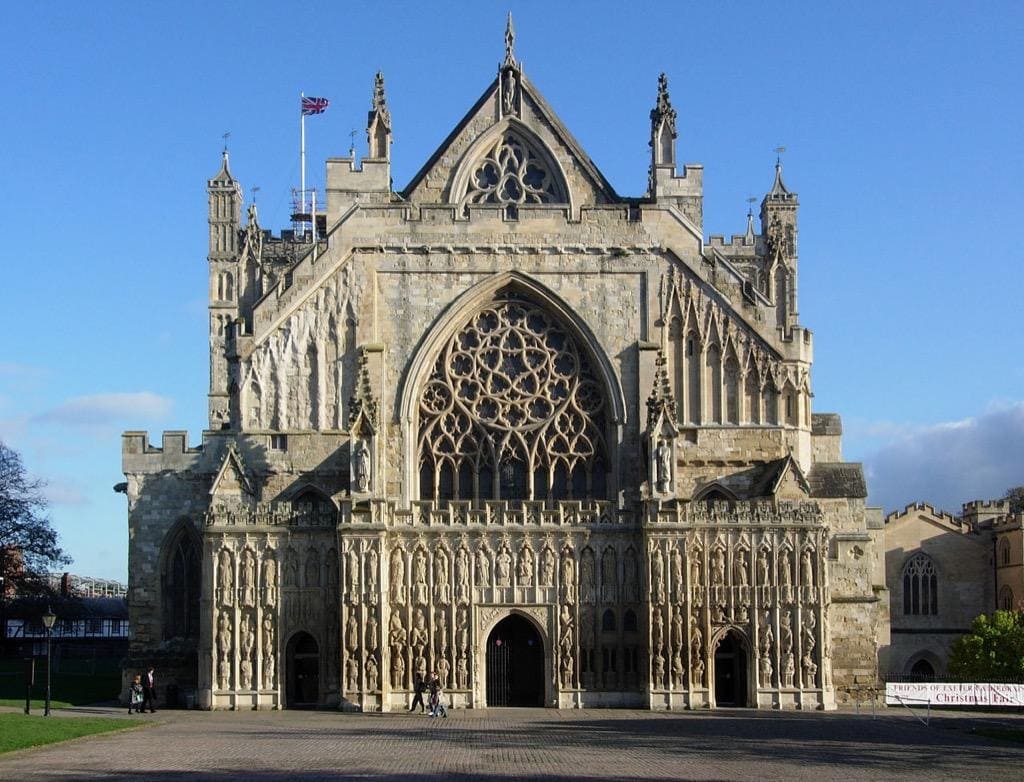Introduction to Gothic Architecture
Gothic architecture stands as one of the most iconic and enduring artistic achievements of the Middle Ages, originating in the 12th century in the Île-de-France region of France. Characterized by towering cathedrals, vibrant stained glass windows, and intricately carved sculptures, Gothic architecture represents a pinnacle of both engineering innovation and spiritual expression. These structures, with their awe-inspiring heights and luminous interiors, were not merely buildings but profound symbols of faith, creativity, and human aspiration.
In this article, we will journey through the rich history of Gothic architecture, explore its defining characteristics, highlight iconic Gothic cathedrals, and examine the roles of Gothic sculpture and stained glass. We’ll also uncover how this architectural style continues to inspire modern art, including works found in Vietnam art gallery collections, and why it remains a source of fascination for art enthusiasts worldwide. Join us as we unravel the beauty and legacy of Gothic architecture!
History of Gothic Architecture
Where Did Gothic Architecture Originate?
The history of Gothic architecture traces its roots to the 12th century in the Île-de-France region of France, with the groundbreaking construction of Saint-Denis Cathedral. According to the Metropolitan Museum of Art, this architectural style emerged as a revolutionary successor to Romanesque architecture, introducing structures that were taller, brighter, and more intricate. Gothic architecture quickly spread across Europe, flourishing from the 12th to the 16th century and leaving its mark in countries such as France, England, Germany, Italy, and Hungary. This expansion was driven by the Catholic Church’s desire to create spaces that inspired awe and reflected divine glory, transforming religious architecture into a medium of spiritual storytelling.
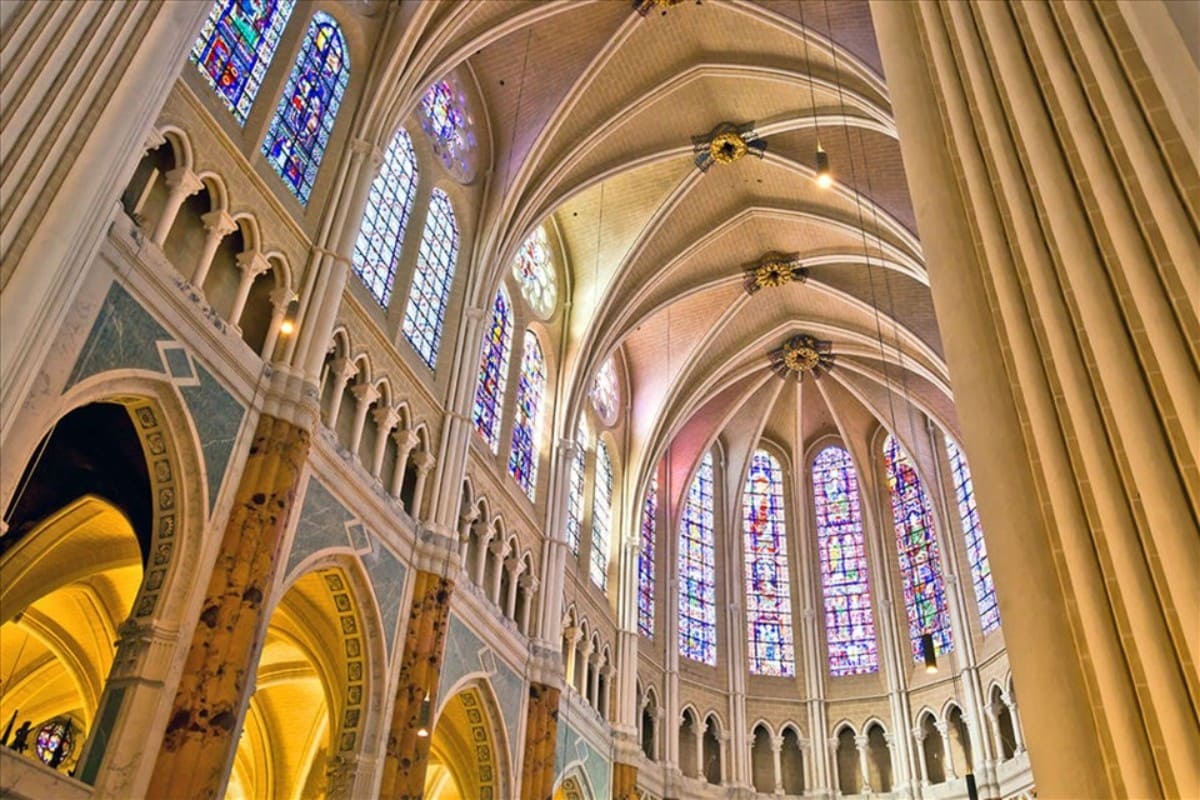
- Early Gothic (1130–1150): The transformation began with Saint-Denis Cathedral, where innovative elements like pointed arches and flying buttresses were first employed, setting the stage for the Gothic style.
- High Gothic (1150–1230): This period saw the construction of grand cathedrals like Chartres and Reims, which became hallmarks of Gothic architecture with their elaborate designs and monumental scale.
- Rayonnant Gothic (1230–1350): The style reached its peak, with intricate and radiant designs spreading across Europe, as seen in structures like Salisbury Cathedral in England and Florence Cathedral in Italy.
Who Pioneered Gothic Architecture?
The development of Gothic architecture was driven by visionary figures who sought to redefine religious spaces:
- Abbot Suger: As the mastermind behind Saint-Denis Cathedral, Suger envisioned spaces filled with light and soaring heights, believing that beauty could elevate the soul toward the divine. His innovations laid the foundation for Gothic architecture.
- French Architects: Architects like Pierre de Montreuil, who designed the Sainte-Chapelle in Paris, advanced Gothic techniques, creating structures that balanced structural ingenuity with aesthetic grandeur.
- The Goths: Though initially derided as “barbaric” by Renaissance Italians, the Goths’ influence helped shape the style through their contributions to religious architecture, blending cultural elements into the evolving Gothic aesthetic.
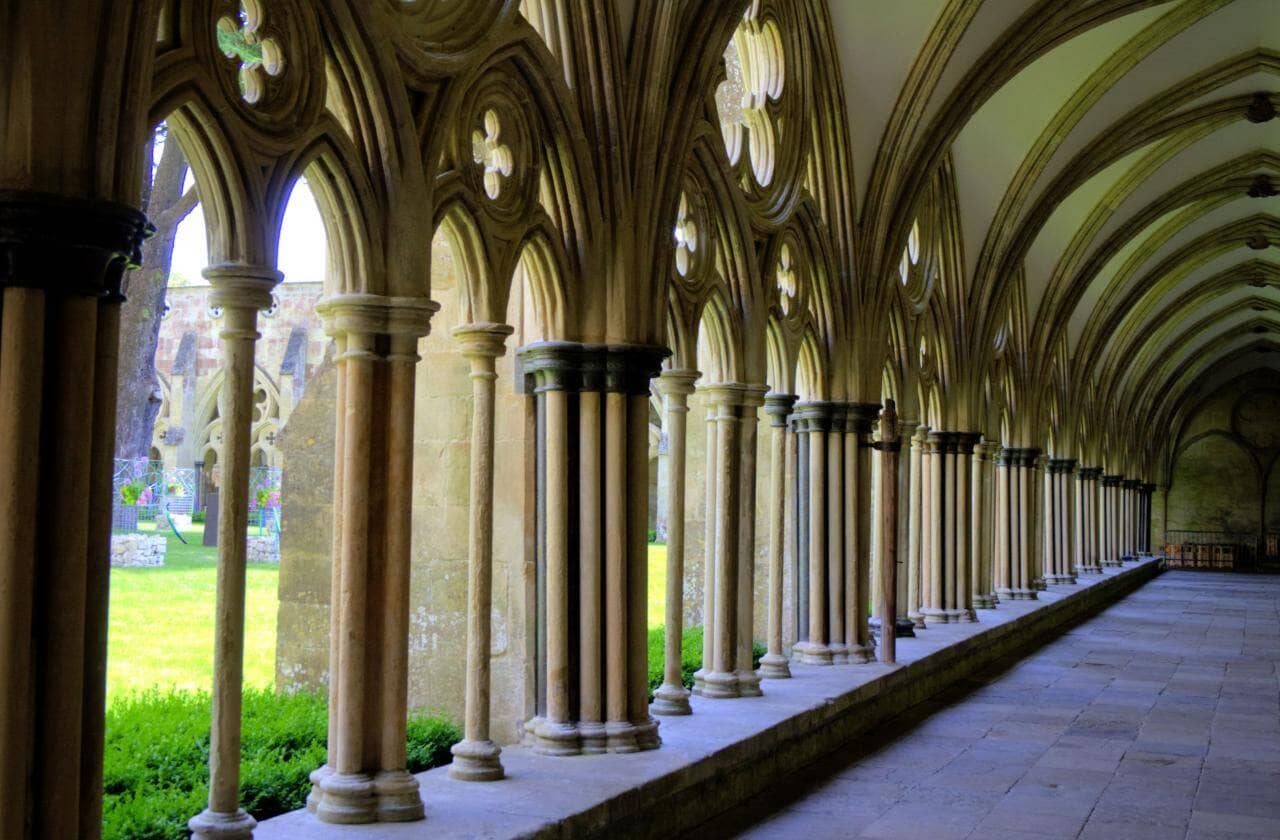
Characteristics of Gothic Architecture
What Defines Gothic Architecture?
Gothic architecture is renowned for its harmonious blend of engineering prowess and spiritual symbolism, creating structures that are both functional and breathtakingly beautiful. Its key characteristics include:
- Pointed Arches: Unlike the rounded arches of Romanesque architecture, pointed arches allowed for greater height and better weight distribution, enabling taller and more graceful structures.
- Flying Buttresses: These external arched supports transferred the weight of the walls, allowing for thinner walls and larger windows that flooded interiors with light.
- Stained Glass Windows: Massive, colorful windows, such as those in Chartres Cathedral, served as visual narratives of biblical stories, transforming sunlight into a divine experience.
- Ribbed Vaults: These intricate ceiling structures provided both strength and a sense of spaciousness, creating intricate patterns that drew the eye upward.
- Detailed Sculptures: Facades, columns, and doorways were adorned with elaborate carvings, including religious figures, foliage, and mythical creatures, adding both beauty and meaning.
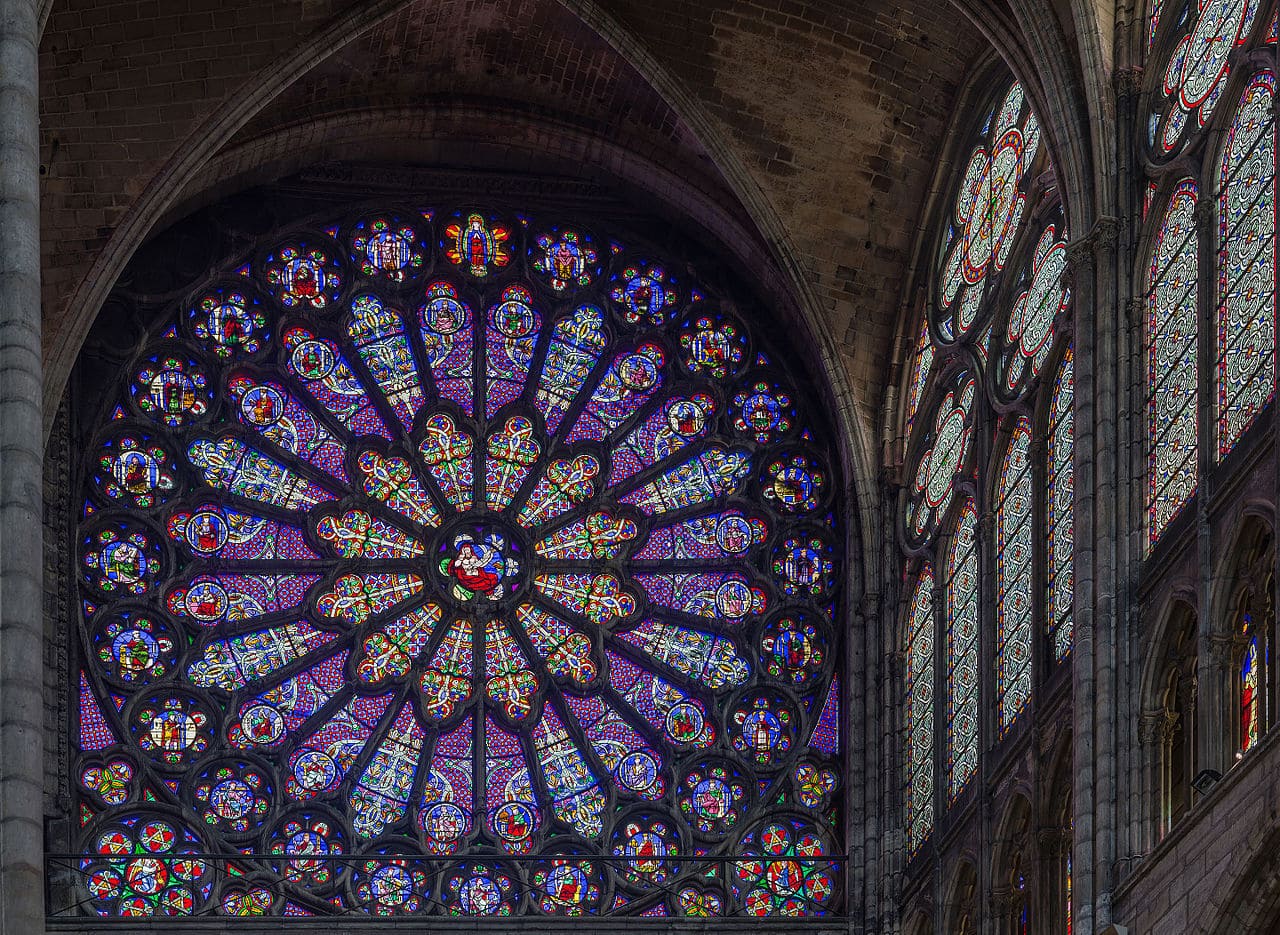
Why Was Gothic Architecture Revolutionary?
According to the British Museum, Gothic architecture revolutionized the concept of religious spaces by making them more than places of worship—they became gateways to the divine. The use of pointed arches and flying buttresses allowed builders to achieve unprecedented heights, creating structures that seemed to reach toward heaven. Stained glass windows, with their vivid colors and intricate designs, filled interiors with a mystical glow, symbolizing divine light. This combination of technical innovation and spiritual symbolism transformed cathedrals into spaces that inspired awe, devotion, and a sense of connection to the divine, setting Gothic architecture apart as a monumental achievement in art and engineering.
Iconic Gothic Cathedrals
Which Gothic Cathedrals Stand Out?
Gothic cathedrals are the crowning jewels of Gothic architecture, embodying its technical and artistic brilliance. Here are some of the most iconic examples:

- Saint-Denis Cathedral (France)
- Construction Period: 1135–1144
- Features: As the birthplace of Gothic architecture, Saint-Denis introduced pointed arches and flying buttresses, creating a lighter and more open interior.
- Significance: It set the standard for early Gothic design, influencing countless structures across Europe.
- Chartres Cathedral (France)
- Construction Period: 1194–1220
- Features: Famous for its stunning stained glass windows and intricately sculpted facade, Chartres is a masterpiece of High Gothic architecture.
- Significance: Its windows, with their vibrant blues and reds, narrate biblical stories, making it a pinnacle of Gothic stained glass art.
- Notre-Dame Cathedral (Paris, France)
- Construction Period: 1163–1345
- Features: Known for its flying buttresses, iconic rose windows, and gargoyle sculptures, Notre-Dame is a global symbol of Gothic architecture.
- Significance: Its grandeur and cultural importance have made it one of the most recognizable cathedrals in the world.
- Salisbury Cathedral (England)
- Construction Period: 1220–1258
- Features: Boasting the tallest spire in England (123 meters) and a unified design, Salisbury exemplifies English Gothic architecture.
- Significance: Its cohesive design and elegant proportions highlight the adaptability of Gothic style outside France.
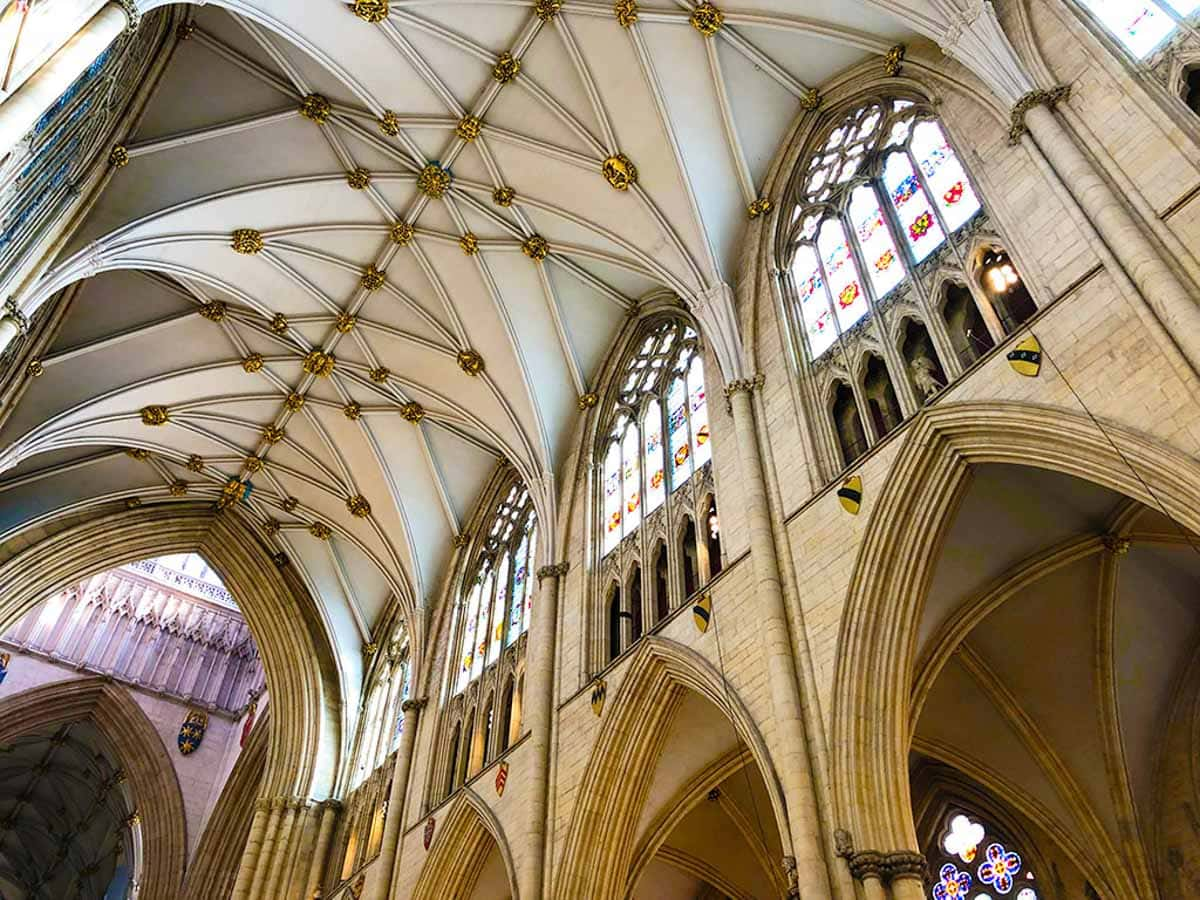
Why Are Gothic Cathedrals Important?
Gothic cathedrals were far more than places of worship; they served as cultural, social, and artistic hubs of medieval society. According to VnExpress, cathedrals like Notre-Dame have inspired architects, artists, and scholars for centuries, while their enduring beauty continues to draw millions of visitors each year. These structures were designed to inspire awe, convey religious teachings, and demonstrate the power and wealth of the Church, making them central to medieval life and a lasting legacy in architectural history.
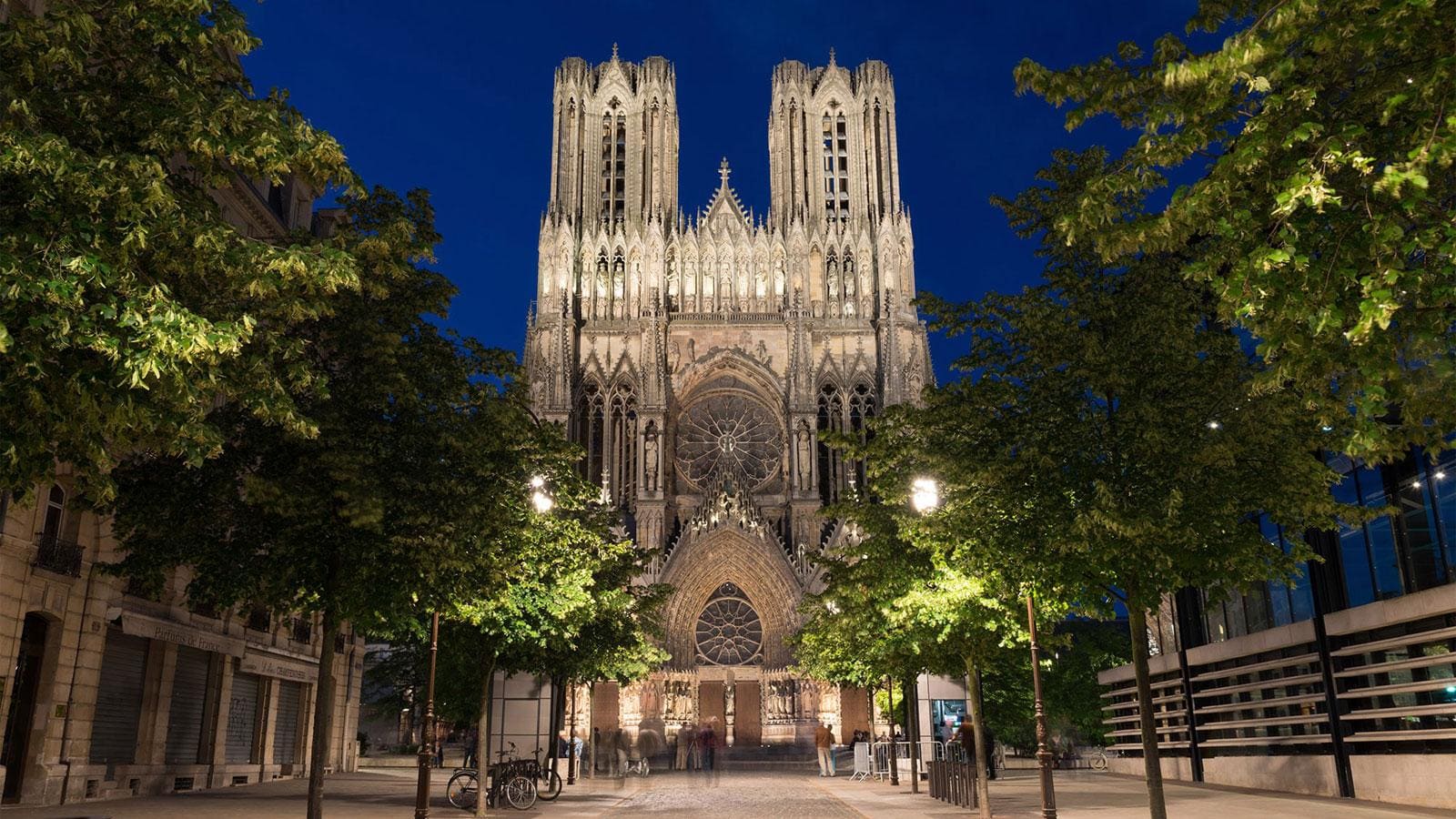
Gothic Sculpture and Stained Glass
What Role Does Gothic Sculpture Play?
Gothic sculpture is an inseparable component of Gothic architecture, adorning cathedrals with intricate details that enhance both their beauty and meaning:
- Religious Figures: Statues of Jesus, the Virgin Mary, and saints were crafted with greater naturalism than in the Romanesque period, featuring expressive faces and dynamic poses.
- Ornamental Motifs: Carvings of foliage, geometric patterns, and gargoyles (often serving as water spouts) added both decorative and functional elements.
- Example: The statues on Chartres Cathedral’s facade or Master Francke’s Martyrdom of St Barbara showcase the emotional depth and technical skill of Gothic sculpture.
What Makes Gothic Stained Glass Unique?
Gothic stained glass is one of the most captivating features of Gothic architecture, transforming cathedrals into radiant spaces filled with spiritual symbolism:
- Vivid Colors: Using rich reds, cobalt blues, and golden yellows, stained glass created a heavenly glow that captivated worshippers.
- Biblical Storytelling: Windows, such as those at Chartres, illustrated the lives of Jesus, the Virgin Mary, and saints, serving as visual sermons for the illiterate.
- Complex Techniques: Artisans meticulously cut and joined glass pieces with lead strips, firing them to ensure durability and vibrancy.
- Example: The rose window at Notre-Dame Cathedral in Paris, with its intricate patterns and radiant colors, is a masterpiece of Gothic stained glass.
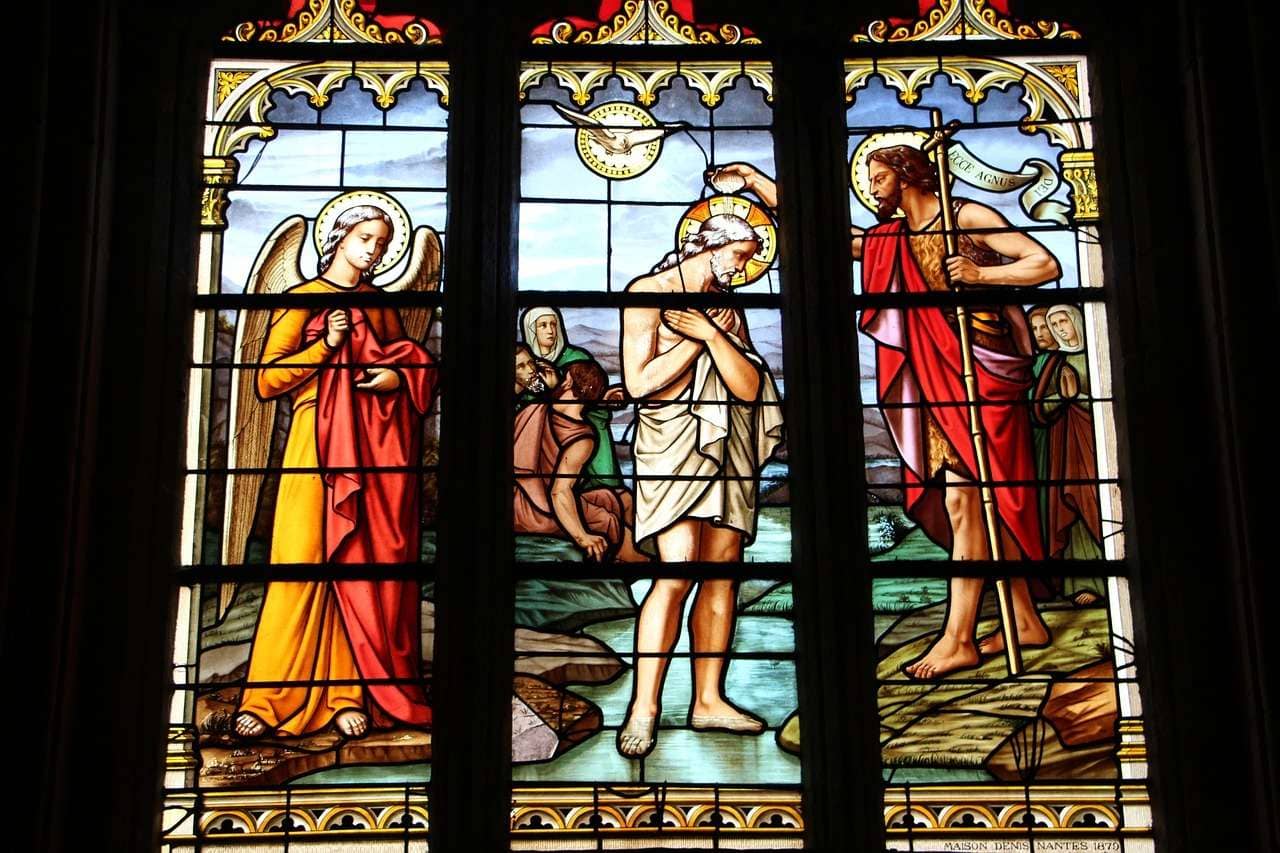
Notable Artists and Gothic Structures
Who Were the Key Figures in Gothic Architecture?
Several artists and architects left an indelible mark on Gothic architecture through their innovative works:
- Master Francke (1380–1440, Germany)
- Works: Martyrdom of St Barbara, Adoration of the Magi.
- Contribution: Francke blended Gothic sculpture and painting, creating works that conveyed deep emotional and spiritual resonance.
- Bartolomé Bermejo (1440–1501, Spain)
- Works: Crucifixion, Pietà of Canon Luis Desplá.
- Contribution: By incorporating Flemish techniques, Bermejo brought a vivid realism to Gothic art, enriching its expressive power.
- Ambrogio Lorenzetti (1290–1348, Italy)
- Works: The Effects of Good Government (frescoes in Siena).
- Contribution: Lorenzetti’s frescoes offered a fresh perspective on societal themes, bridging Gothic art with emerging Renaissance ideas.
Why Are These Works Significant?
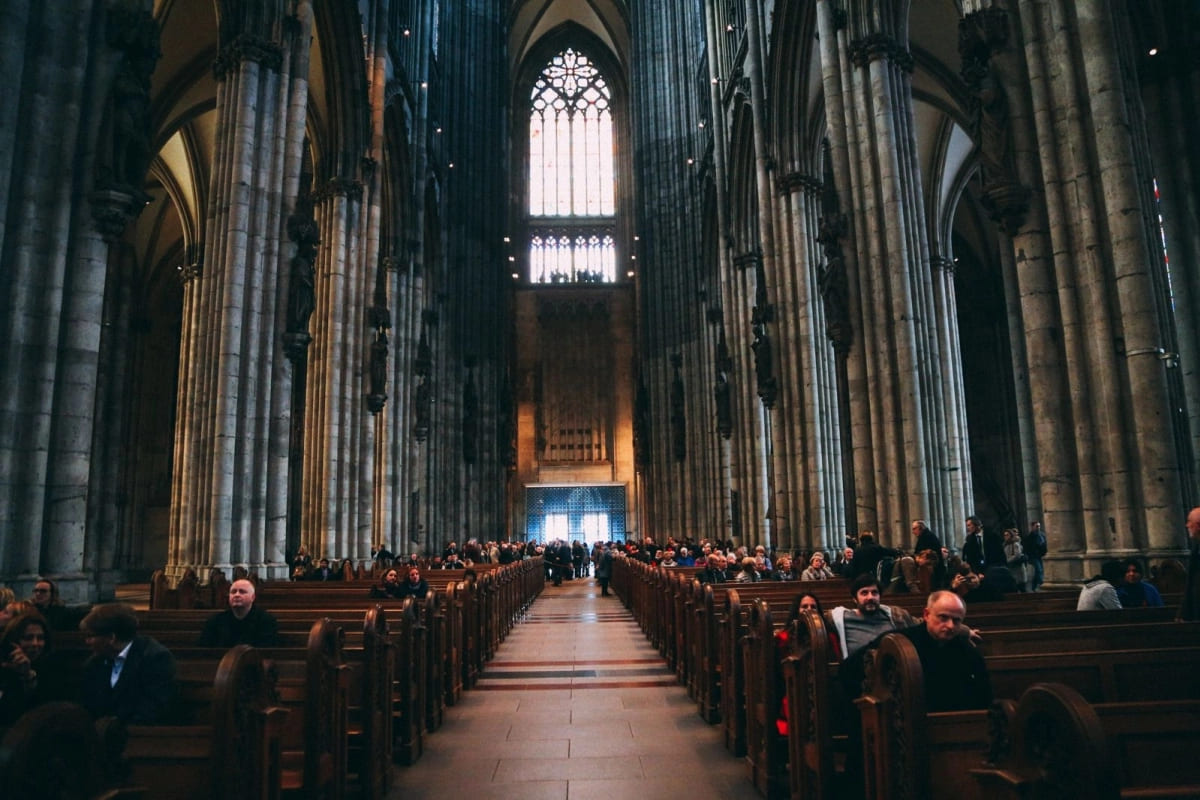
Gothic sculptures and stained glass served as more than decorative elements; they were powerful educational tools that brought religious and cultural stories to life for medieval audiences. According to the British Museum, these works not only enriched the spiritual experience but also laid the groundwork for the artistic innovations of the Renaissance, influencing painting, sculpture, and architecture for centuries to come.
Influence of Gothic Architecture in Vietnam
Did Gothic Architecture Influence Vietnam?
Although Gothic architecture primarily flourished in Europe, its influence reached Vietnam through the spread of Christianity starting in the 16th century. According to VnExpress, Catholic churches in Vietnam, such as St. Joseph’s Cathedral in Hanoi and Phat Diem Cathedral in Ninh Binh, reflect Gothic elements adapted to local traditions:
- Phat Diem Cathedral (Ninh Binh): This unique structure blends Gothic architecture with traditional Vietnamese temple aesthetics, featuring curved roofs, pointed arches, and stained glass windows.
- St. Joseph’s Cathedral (Hanoi): Incorporates Gothic features like pointed arches and rose windows, reflecting European influences in Vietnam’s colonial architecture.
- Religious Sculpture: Christian statues in Vietnam echo Gothic sculpture with their naturalistic expressions and intricate detailing, blending Western and local artistic traditions.
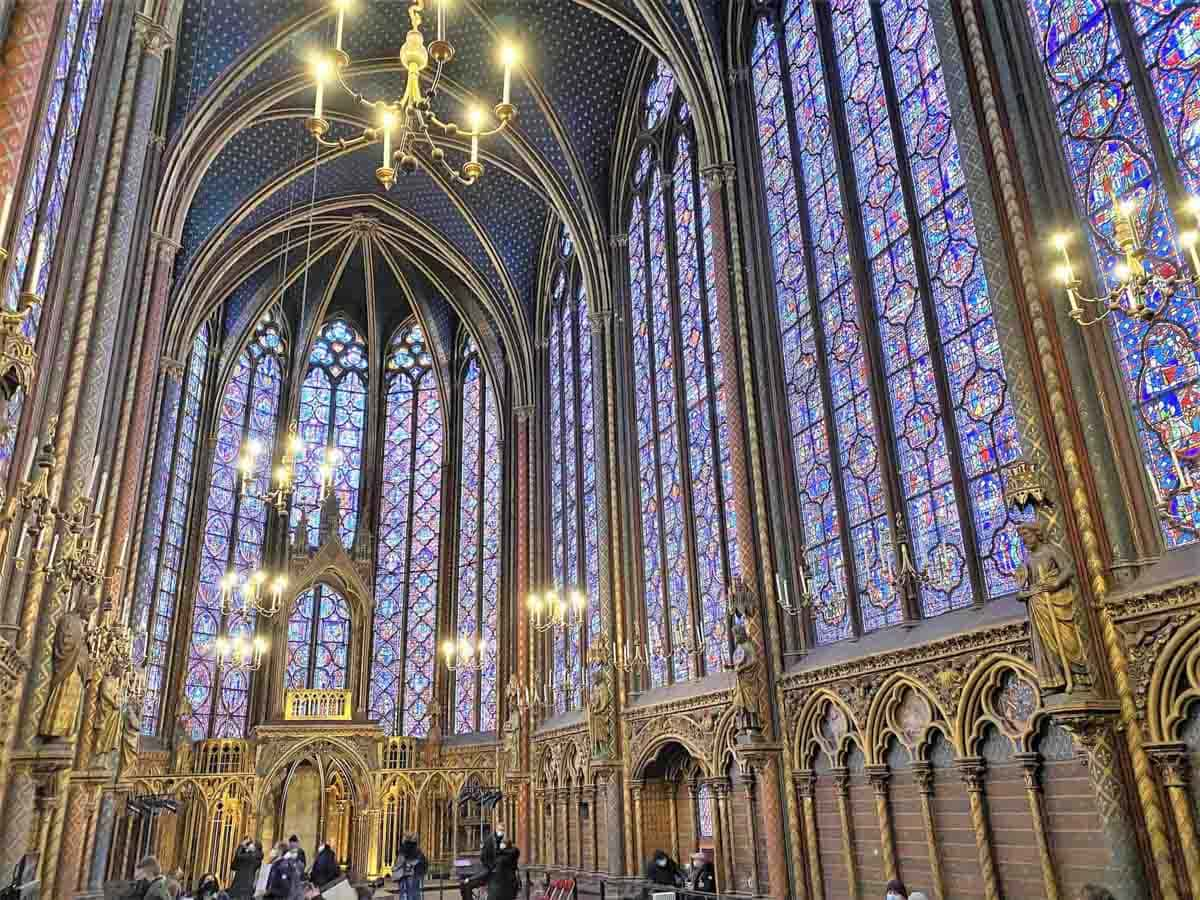
How to Identify This Influence?
To recognize the influence of Gothic architecture in Vietnam, consider the following approaches:
- Observe Architecture: Look for Gothic elements such as pointed arches, flying buttresses, or stained glass in Vietnamese churches.
- Study Historical Context: Research the introduction of Christianity and European architectural influences in Vietnam during the colonial period.
- Visit Museums: The Vietnam Fine Arts Museum showcases artworks influenced by Western religious art, including Gothic-inspired pieces.
How to Explore Gothic Architecture?
Approaching Gothic Architecture as a Beginner
For those new to Gothic architecture, here are some practical ways to begin your exploration:
- Visit Cathedrals: Explore iconic sites like Notre-Dame in Paris, Chartres Cathedral, or Vietnamese churches like Phat Diem to experience Gothic architecture firsthand.
- Read Art Books: Books like Gothic Architecture by Paul Frankl provide in-depth insights into the style’s history and techniques.
- Watch Documentaries: Seek out films or documentaries about Gothic cathedrals on platforms like YouTube or Netflix for a visual introduction.
- Experiment with Stained Glass Art: Try creating your own stained glass-inspired designs using watercolors or digital tools to understand Gothic aesthetics.
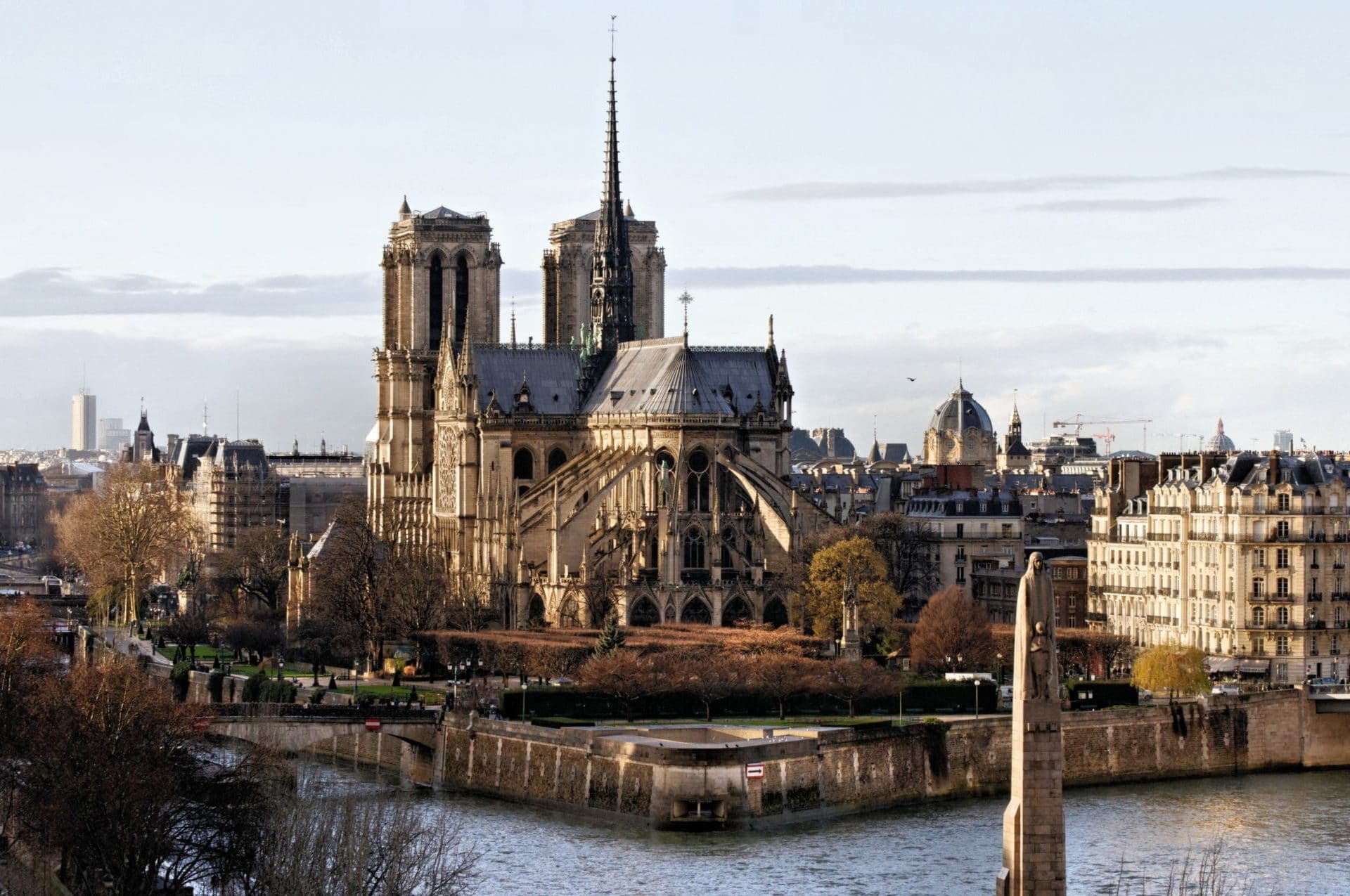
Tips for a Deeper Understanding
To gain a richer appreciation of Gothic architecture, consider these strategies:
- Study Religious Context: Learn about the role of Christianity and the Catholic Church in shaping medieval architecture and art.
- Compare with Romanesque: Analyze the differences between Gothic and Romanesque architecture to appreciate the innovative advancements of the Gothic style.
- Take Art Courses: Enroll in online courses through platforms like Coursera or attend workshops at local art centers in Vietnam to deepen your knowledge.
Celebrating Gothic Architecture
Gothic architecture is a monumental cultural legacy, defined by its soaring cathedrals, radiant stained glass, and intricate sculptures. From its origins in 12th-century France to iconic structures like Chartres and Notre-Dame, this style has profoundly shaped European art and architecture. Its influence even extends to places like Vietnam, where Gothic elements blend with local traditions in churches like Phat Diem. Whether you’re visiting a cathedral, reading about its history, or experimenting with Gothic-inspired art, this style offers endless inspiration. Share this article to spread the beauty and grandeur of Gothic architecture!
Next Steps:
- Explore Chartres Cathedral’s stained glass online through high-quality images or virtual tours.
- Dive deeper into Gothic architecture’s history with books or online resources.
- Share this article to inspire friends and family to discover the timeless legacy of Gothic architecture!

